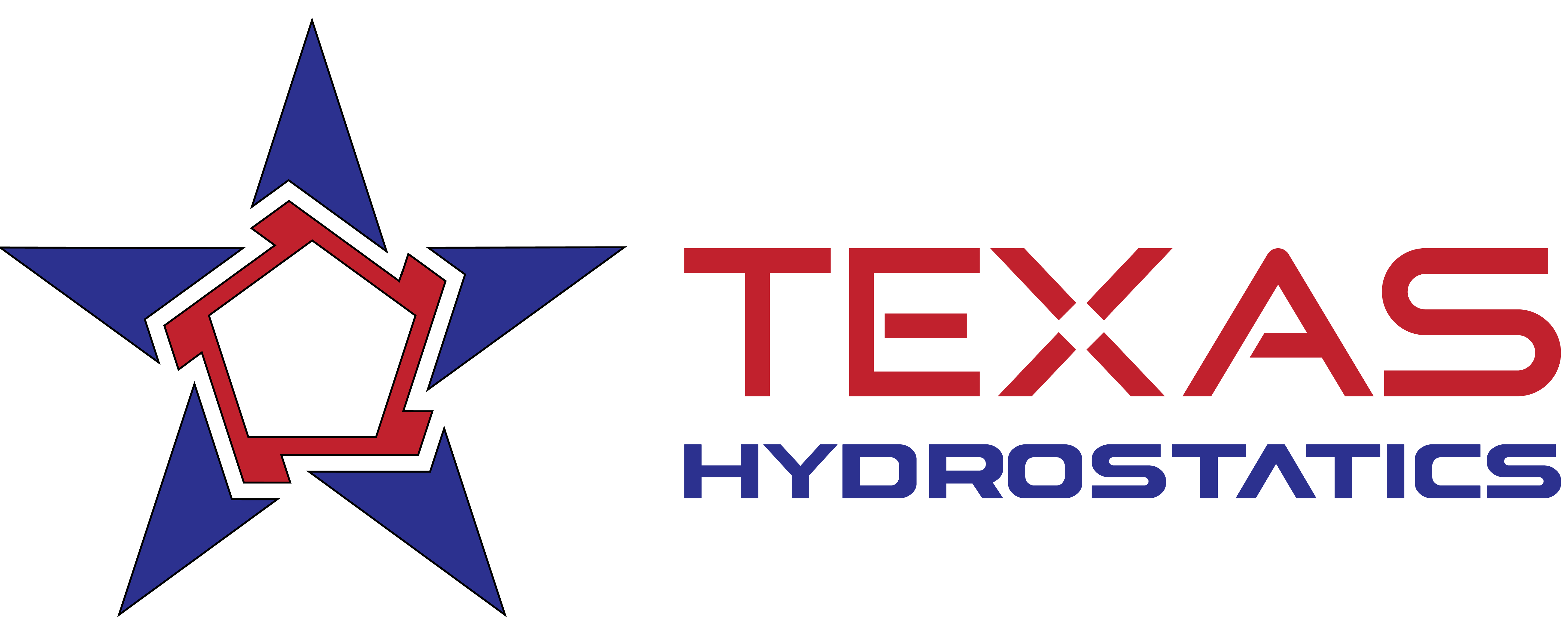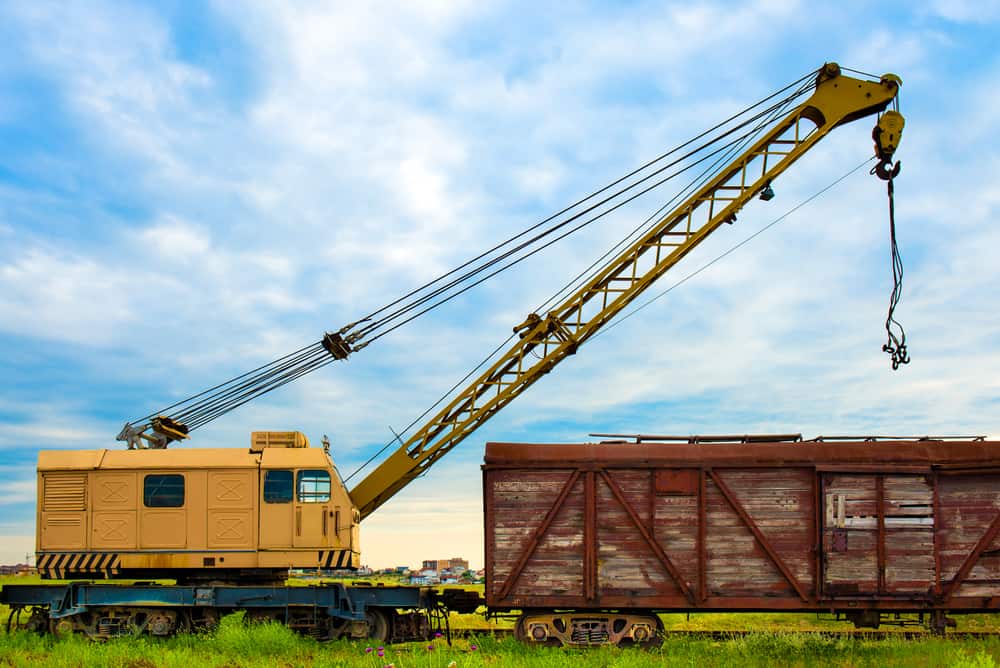Traveling across the country, it can be surprising how much of our cargo is still moved by rail transport. However, given the already existing infrastructure of railroads and engines, it remains a surprisingly affordable way to get cargo from one end of the country to another. And, when things go wrong, they have a specialized tool to assist in getting the cargo moving again: the railroad crane.
A railroad (or “railway”) crane is a specialized type of locomotive incorporating a powerful hydraulic crane into its chassis. Designed to run on existing tracks, these cranes are used for everything from transferring cargo between rail lines to clearing of debris and obstructions blocking the tracks, and larger models are even used to limit and recover derailed trains. Given that derailments often occur in remote areas where mobile cranes simply cannot go, these specialized machines are responsible for keeping the national infrastructure running.
In design, these machines are very similar to traditional mobile cranes, with a rotating platform chassis supporting a boom and hook system. The lifting power is provided by massive hydraulic cylinders capable of lifting anywhere from 25 to 100 tons depending on the crane design. All this is offset by a huge counterweight at the end of the car, occasionally support by an extendable stabilizer leg. Some cranes are set up with grab buckets and electromagnetic systems and can do double duty as track repair platforms in addition to moving cargo and clearing obstructions.
Complex systems like railroad cranes require hydraulics experts to repair and maintain them. Texas Hydrostatics knows hydraulics inside and out. If you have questions about your crane or any other hydraulic systems in your workforce, contact Texas Hydrostastics today.

